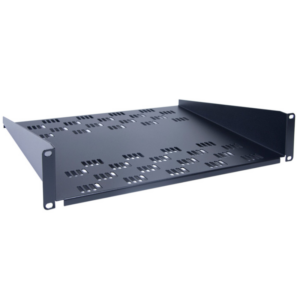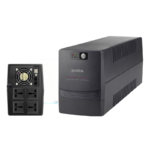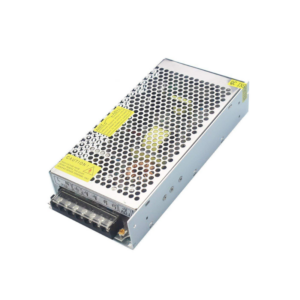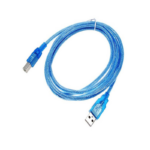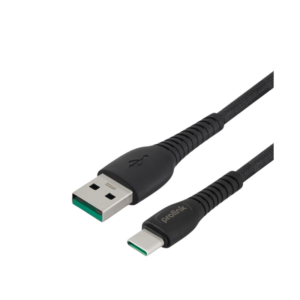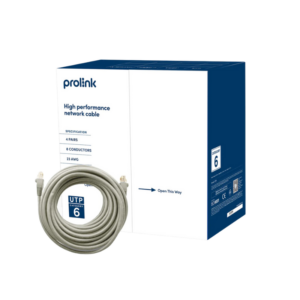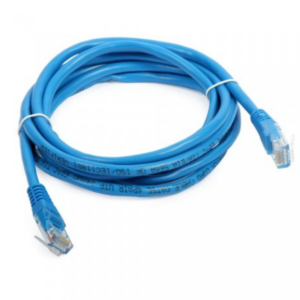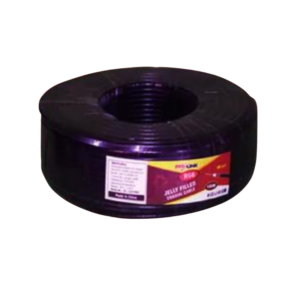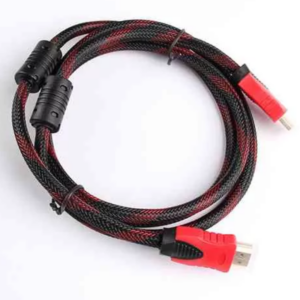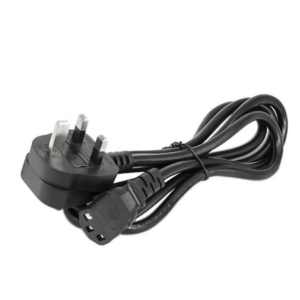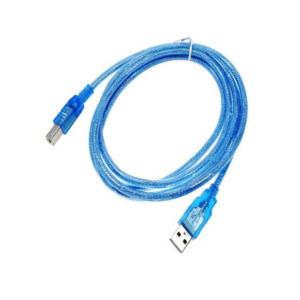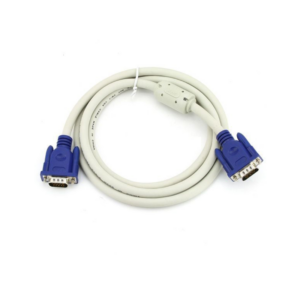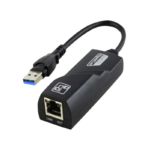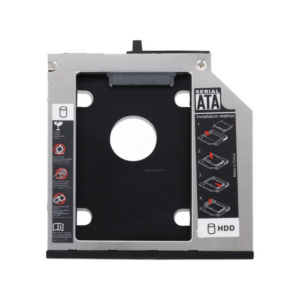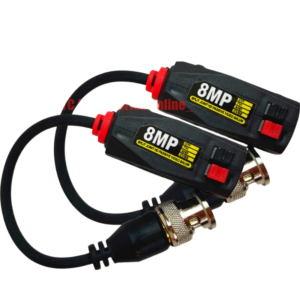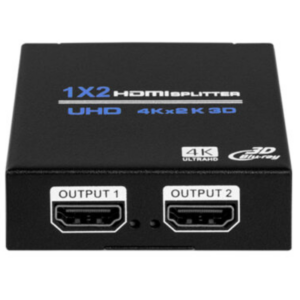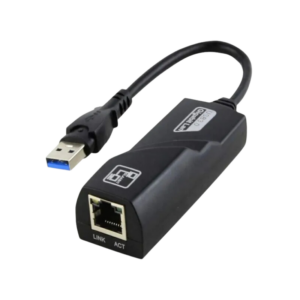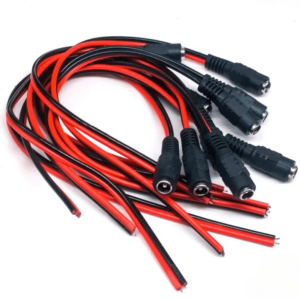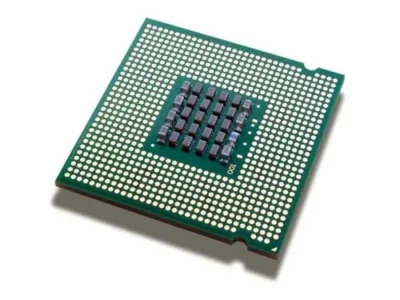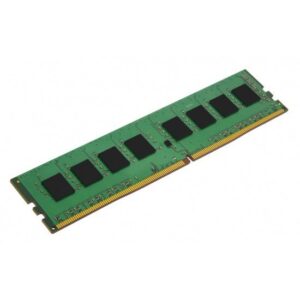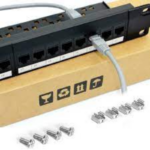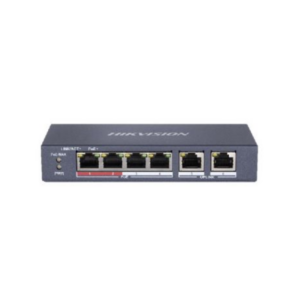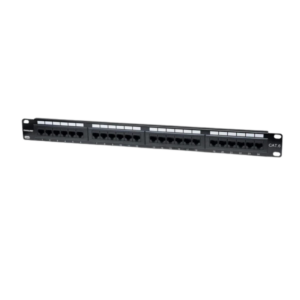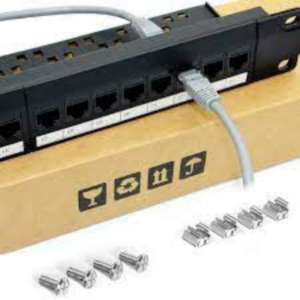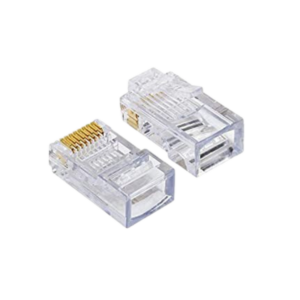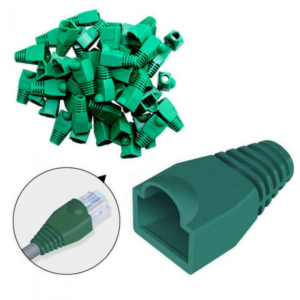Content
- What Are the Best Yield Farming Platforms?
- Comprehensive development services to help you lead the future-ready DeFi projects.
- LEVERAGE TRADING LIQUIDITY POOLS (LPs)
- What is DeFi Yield Farming? A Beginner’s Guide on the Risks and Rewards of Earning Yield in Crypto
- Liquidity Providers (LPs) and Liquidity Pools
- Farming for Concentrated Liquidity Pool Contributions:
- What are synthetic assets in decentralized finance
- Yield farming is a potentially lucrative way to earn yield in the DeFi markets but it comes with a lot of risks.
Projects like DeFi Saver can automatically increase the collateral to stave off liquidations. Liquidations happen when the minimum collateral requirement breaks down due to price volatility. Let’s dive into the mechanics of yield farming so you can become more educated on what yield farming and defi yield farming development company how it functions. The regulatory landscape surrounding DeFi is still evolving, and future regulations could impact the viability and profitability of specific strategies. Stay informed about regulatory developments and how they might affect your investments. While these benefits paint a rosy picture, let’s look at the risks and challenges you must also be aware of.
What Are the Best Yield Farming Platforms?
Moreover, the smart contract handles validation processes, facilitating functions such as withdrawal/unstake. It validates user addresses and tracks deposited amounts, ensuring fair and efficient distribution of rewards based on individual contributions. The COMP governance token was a big hit in the DeFi world and got things rolling. Although nothing good lasts forever, DeFi is still in https://www.xcritical.com/ its infancy and devs will no doubt come up with new and creative ways to optimize liquidity incentives. Token holders in positions of governance will no doubt green-light more projects with new ways for its users to profit. And Yield Farmers will no doubt come up with new and creative ways to increase their yield.
Comprehensive development services to help you lead the future-ready DeFi projects.
Yield farming is a method of using cryptocurrencies like Ethereum and USDC to earn interest (distributed in that coin’s denomination) through DeFi mechanisms such as staking and lending. The term “yield farming” might conjure images of a passive, relatively risk-free scenario comparable to growing crops, but it’s a fairly risky endeavor. Yield farming promotes financial inclusion by allowing anyone with an internet connection and cryptocurrency to participate in the DeFi revolution.
LEVERAGE TRADING LIQUIDITY POOLS (LPs)
Those looking into the DeFi field will likely come across the term “yield farming”. Yield Farming is the process of putting crypto tokens to productive use in a decentralized finance (DeFi) market to earn interest. In LP farms, trading is limited to the cryptocurrencies provided by liquidity providers. Decentralized finance (DeFi) platforms incentivize liquidity providers with LP tokens, representing their deposits in the pool. These tokens enable providers to withdraw their deposits along with accumulated interest from trading fees at any time.
What is DeFi Yield Farming? A Beginner’s Guide on the Risks and Rewards of Earning Yield in Crypto
However, this kind of thinking is what leads the savvy Yield Farmer to find creative ways to make more profits. While the average trader would have been satisfied to earn interest off USDC once, sophisticated farmers took it a step further. DeFi lets you play with tokens, move them around, trade them, lend and borrow them – you name it. On Pendle Finance, eETH fixed yield via holding eETH PT tokens is 22% – which is relatively high for staked Ether. WeETH is wrapped Ether Fi-ETH, a yield-bearing form of ETH that earns yield from re-staking. DAI is a type of stablecoin called a collateralized debt position (CDP).
Liquidity Providers (LPs) and Liquidity Pools
Some yield farming protocols employ a “longer pays better” or “bigger pays better” mechanism to incentivize long-term or larger liquidity provision. Yield farmers should regularly monitor the APY rates offered by different platforms. APYs can change rapidly due to fluctuations in liquidity and token demand. Keeping track of these changes allows yield farmers to optimize their returns by switching to pools that offer higher rewards. When it comes to yield farming, rewards are typically calculated using either the Annual Percentage Yield (APY) or the Annual Percentage Rate (APR). APY takes compound interest into account, whereas APR only reflects the rate of return.
Farming for Concentrated Liquidity Pool Contributions:
APY reflects the annualized return, accounting for compounding, while APR represents the simple annualized rate of return. These metrics provide users with insights into the profitability of participating in DeFi yield farming activities. As yield farming grows in popularity, it is also attracting the attention of regulators worldwide. Governments are increasingly looking to regulate DeFi platforms, which could impact how yield farming operates in the future. The DeFi space is continually evolving, and yield farming is expected to remain a significant part of it. As more financial products are integrated into DeFi protocols, yield farming strategies will likely become more sophisticated, offering even more opportunities for investors.
What are synthetic assets in decentralized finance
- DeFi’s development has been significantly fueled by yield farming, which enables users to optimize their cryptocurrency holdings and facilitates the smooth operation of platforms and protocols.
- A user who deposits the cryptocurrencies in the smart contract is known as Liquidity Provider, while smart contracts are nothing but liquidity pools.
- Using leverage will increase profits on successful trades, but will also magnify losses on trades that don’t work out, increasing the risk of total loss of capital.
- A farmer with a low-volatility ETH strategy would have had to liquidate their positions quickly when ETH started popping in late July.
- Yield Farming is the process of putting crypto tokens to productive use in a decentralized finance (DeFi) market to earn interest.
Derivatives trading allows users to speculate on the price of a particular cryptocurrency without owning it. At first, Liquid staking experienced slow growth, but as LST providers began to expand to different ecosystems, and more integrations were created, the market for LSTs started to pick up. One thing any expert can tell you for sure is that you’d better avoid blindly depositing cash on the first website you find. To ease your task, we’ve gathered some trusted YF protocols that many users recommend. Create a suite of unit tests to validate the functionality of each component within your smart contracts. Ensure that each unit operates as intended and conducts thorough testing to identify and resolve any potential bugs or issues.
Yield farming is a potentially lucrative way to earn yield in the DeFi markets but it comes with a lot of risks.
Additionally, formulating an entry and exit policy is crucial to regulate user interactions with the smart contract, specifying conditions for staking and fund withdrawals. Consider economy, user experience and functionality as you decide on the platform’s look and features. This guide covers DeFi Yield Farming Smart Contract Development, from fundamental concepts to technical intricacies. Liquidity mining begins with liquidity providers depositing funds into a liquidity pool.
Yield farming depends on the inflows and outflows of a certain anchor asset, such as DAIm, the dollar-pegged coin that originated with the Maker DAO protocol. The DAI dollar peg makes the system more predictable by setting an intuitive value for each token, $1. Yield farming depends on a collateral of ETH or another token, which is used for loans and generates rewards. The estimated yield farming returns are usually calculated on an annualized basis. Some protocols mint tokens that represent your deposited coins in the system.
Arbitrage mining capitalizes on yield farms offering incentives tailored for arbitrage traders. By exploiting market discrepancies across the DeFi ecosystem, arbitrage traders seek to maximize returns from these incentives. In order to compensate users who must deposit assets in the decentralized insurance funds, insurance mining exclusively concentrates on yield farms. Because the winning insurance claims are deducted from the decentralized insurance funds, they carry a significant risk.
The user interface (UI) in DeFi yield farming development is essential for providing a seamless and intuitive experience for participants. Setting minimum deposit requirements establishes a baseline for participation, ensuring that users contribute a predefined amount of assets to access yield farming protocols. This feature helps maintain the integrity of liquidity pools and prevents disproportionate participation by setting a standard entry point for all investors. While the yield farming process varies from protocol to protocol, it generally involves liquidity providers, also called yield farmers, depositing tokens in a DeFi application. Yield farming refers to traders performing activities in DeFi in exchange for ‘yield’. These activities range from providing liquidity on a Decentralized Exchange (DEX), to offering collateral for a lending protocol.
DeFi, as we know it, is an amalgam of various decentralized protocols and applications. It’s notable because it often doesn’t require the same barriers to entry traditional finance systems, and just about anyone with an internet connect can participate. DeFi also allows people and projects to borrow cryptocurrency from a pool of lenders. Users can offer loans to borrowers through the lending protocol and earn interest in return.
















